
Vlad Yudkin
December 16, 2023
Children’s Illustrations and Character Design in Web Design
In the realm of web design, children’s illustrations and character design are artistic techniques used to enhance user experience, especially on websites targeting young audiences. These design elements are strategically integrated into web interfaces to create visually appealing, interactive, and child-friendly online environments. Here’s how they are utilized in the context of web design:
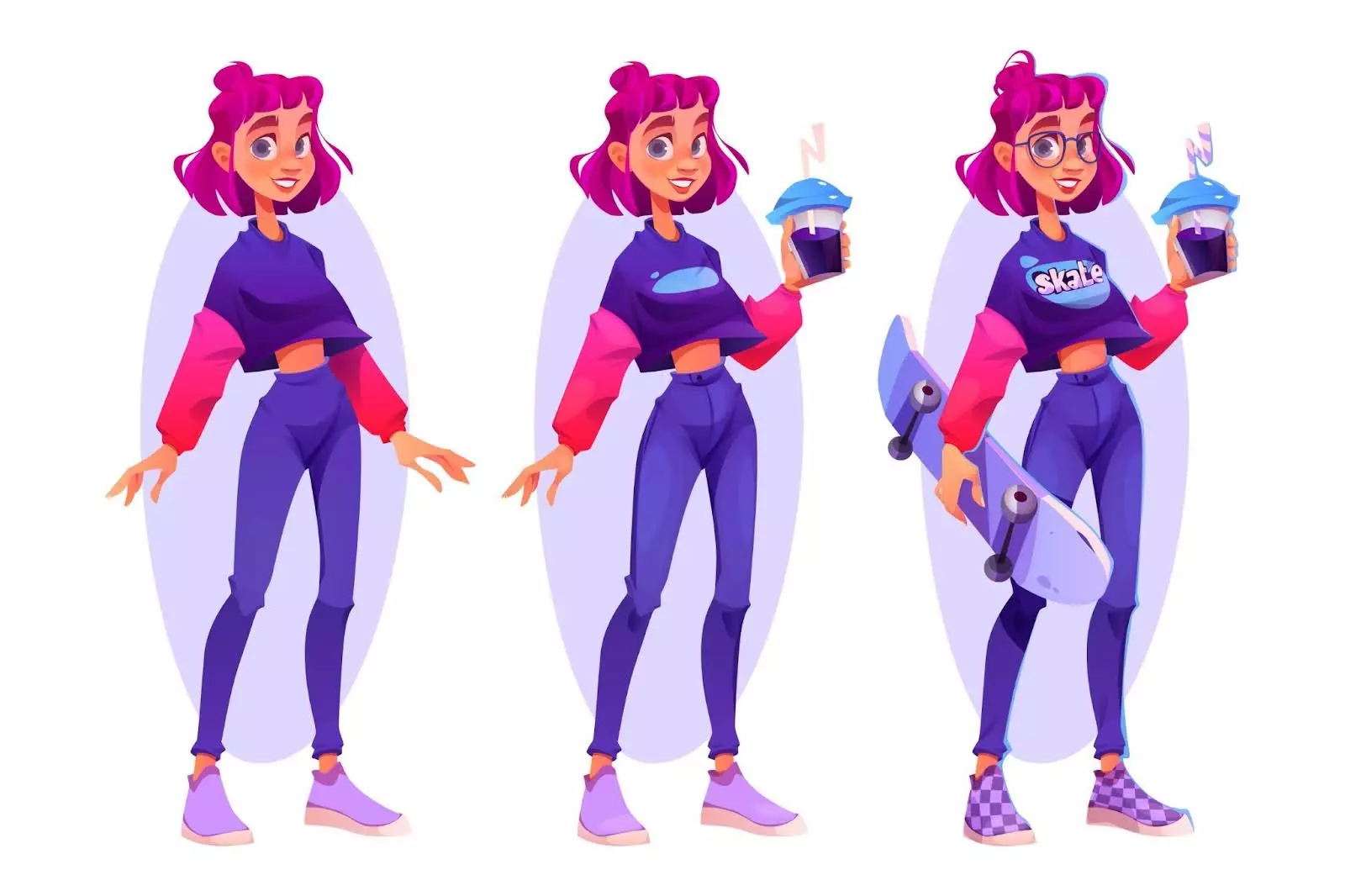
Children’s Illustrations in Web Design
Children’s illustrations in web design involve incorporating colorful, playful, and imaginative artwork into website layouts, backgrounds, icons, and other visual elements. These illustrations are designed to resonate with children, capturing their attention and stimulating their creativity. Children’s websites, educational platforms, and entertainment portals often use illustrations to create a visually engaging atmosphere.
Illustrations can be used to:
- Tell Stories. Illustrations can narrate stories or guide children through interactive adventures on the website.
- Enhance Content. Illustrations complement textual content, making it more engaging and understandable for young users.
- Create Navigation. Illustrations can serve as intuitive buttons or icons, guiding children to different sections of the website.
Character Design in Web Design
Character design in the context of web design involves creating animated or static characters that represent the website's brand or guide users through the interface. These characters are carefully crafted to be friendly, relatable, and appealing to children. Character design enhances the website’s personality and encourages children to interact with the site’s features and content.
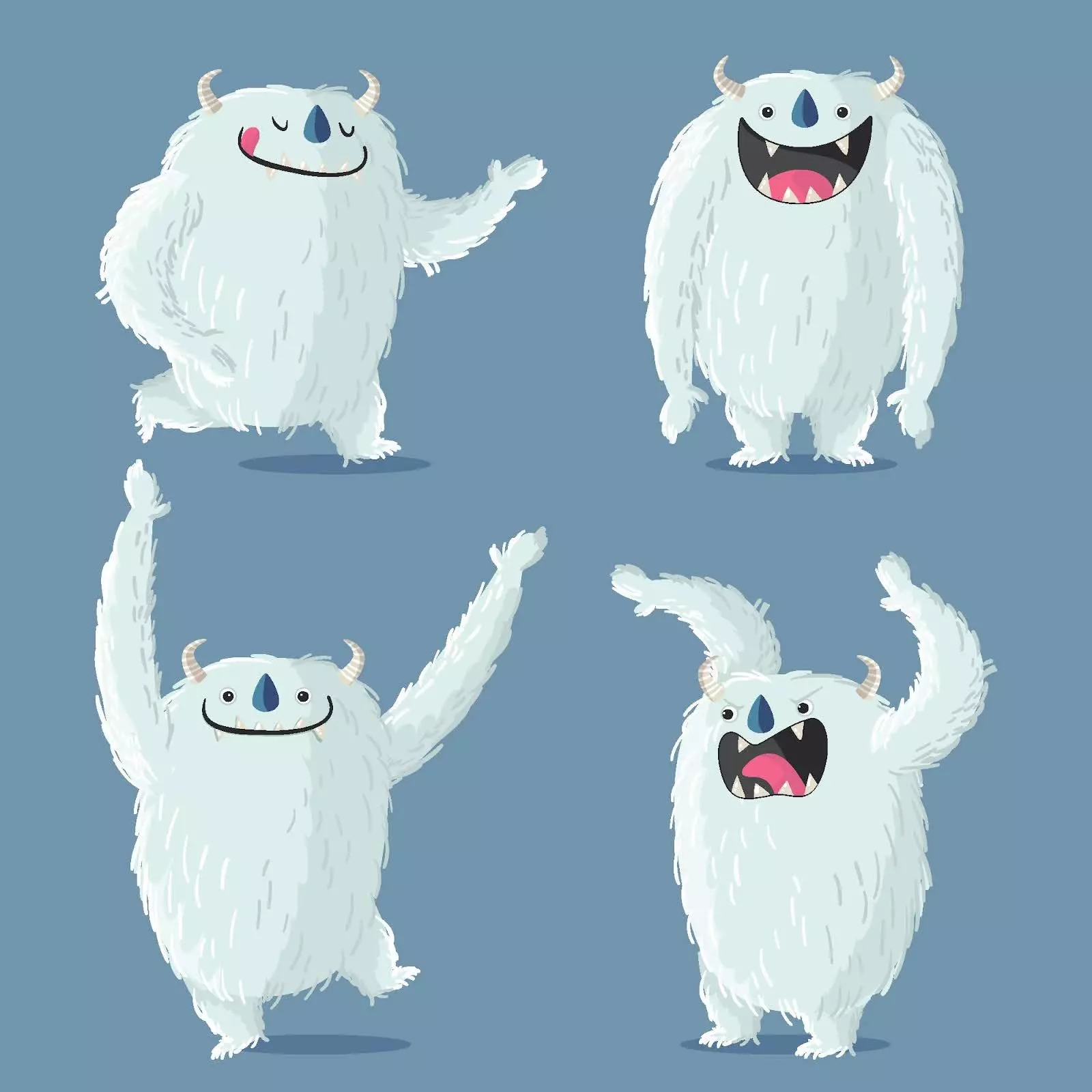
Characters can:
- Act as Guides. Characters can lead children through interactive experiences, providing instructions or encouragement.
- Facilitate Learning. Educational websites often use characters to make learning fun and interactive, guiding children through lessons and quizzes.
- Add Interactivity. Characters can respond to user interactions, creating a dynamic and engaging user experience.
The Surprising Benefits of Children’s Illustrations and Character Design
Children’s illustrations and character design have a good amount of advantages:
- Engagement. Vibrant illustrations and characters capture children’s attention, encouraging them to explore the website further.
- Education. Interactive characters can facilitate learning by making educational content more accessible and enjoyable.
- Memorability. Well-designed characters and illustrations create a memorable user experience, making children more likely to revisit the website.
- Positive User Experience. Child-friendly design elements contribute to a positive online experience, fostering trust and loyalty among young users and their parents.
Incorporating children’s illustrations and character design into web interfaces requires a deep understanding of the target audience, creativity, and a user-centered approach. When executed effectively, these design elements can transform a website into a magical, educational, and entertaining space for young users, enriching their online interactions and encouraging exploration and learning.
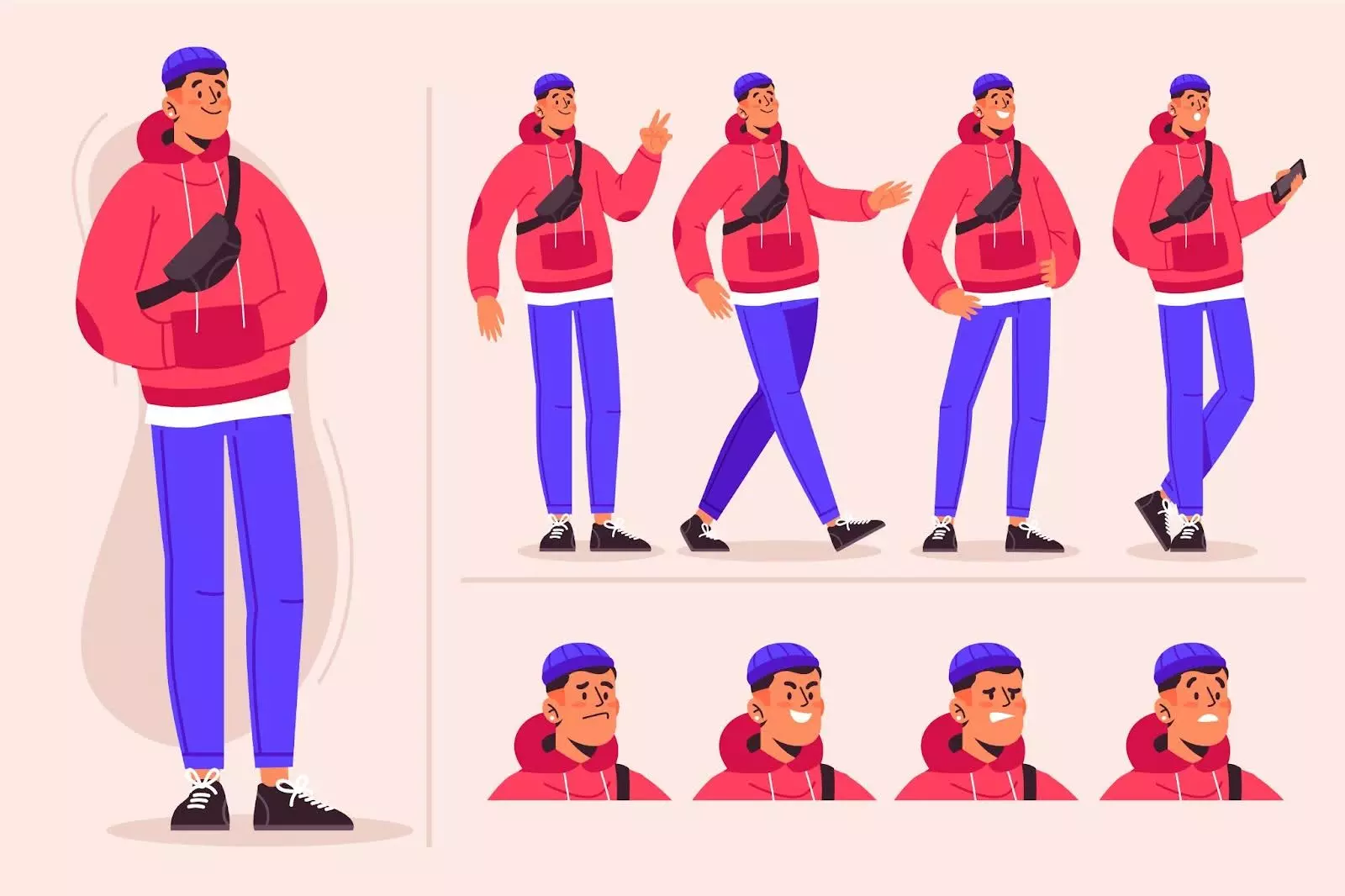
The Art of Children’s Illustrations and Character Design in Web Design
In the digital age, captivating visuals play a pivotal role in engaging website visitors. For web design agencies, integrating children’s illustrations and character designs into websites adds a touch of magic, creating immersive user experiences. In this article, we will delve into the creative process behind incorporating children’s illustrations and character designs into web design, from concept development to the finishing touches.
Step 1: Concept Development
Concept development for web design involves brainstorming ideas that align with the client’s vision and the website’s purpose. For children’s illustrations, this means crafting delightful narratives and characters that resonate with young audiences. The process starts with understanding the client’s goals and the story they want to tell. Concepts can range from adventurous tales featuring courageous characters to educational themes promoting creativity and learning.
Step 2: Reference Images
Reference images are the building blocks of compelling children’s illustrations. Web design agencies delve into a treasure trove of references, studying diverse art styles, color palettes, and character designs. By exploring classic children’s literature, contemporary animations, and trending visual styles, designers gather inspiration to create unique and visually appealing characters and illustrations.
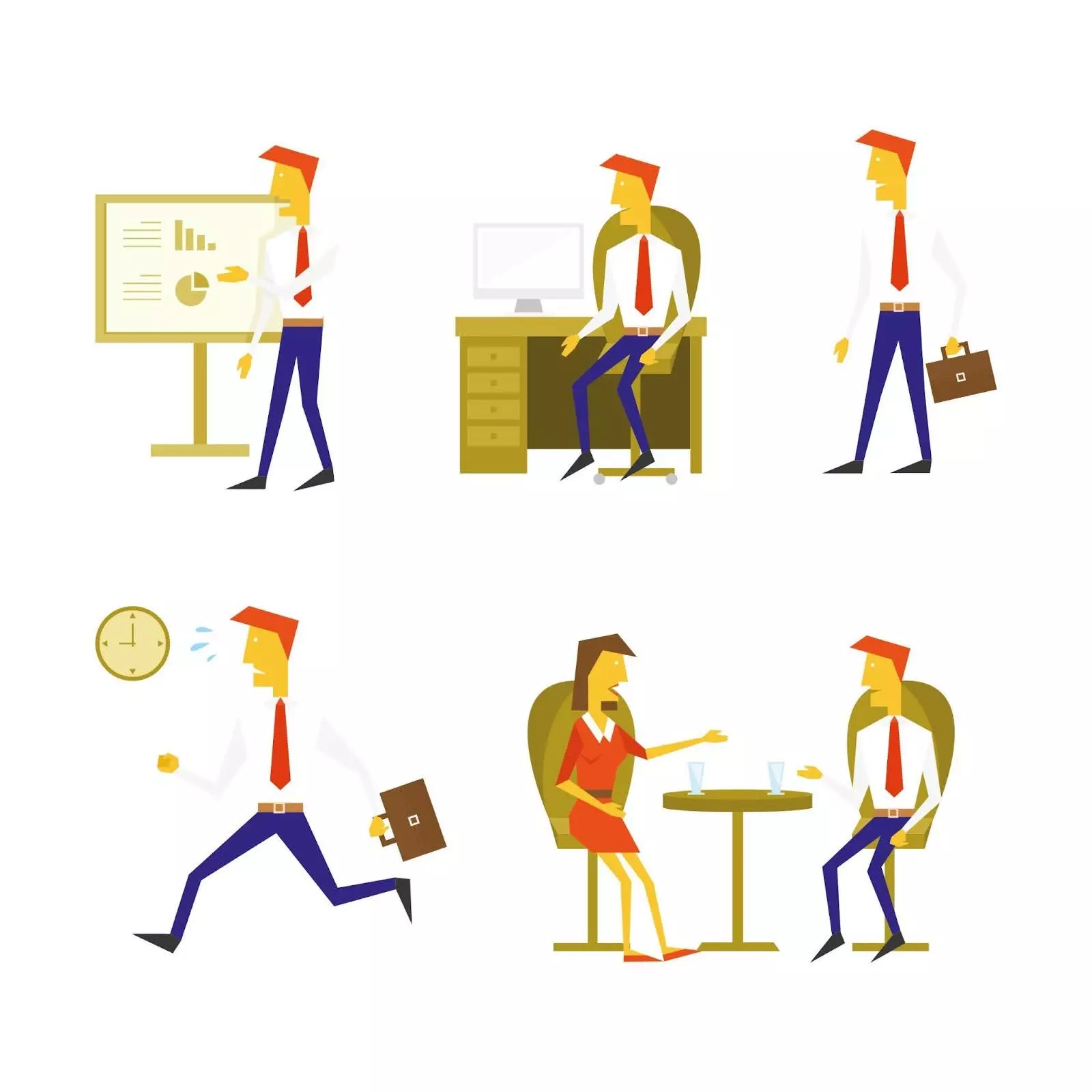
Step 3: Know Your Audience
Understanding the target audience is crucial in children’s web design. Age-appropriate content, intuitive navigation, and captivating visuals are key. Designers must empathize with the mindset of young users, ensuring that the characters and illustrations are not only visually appealing but also relatable and age-appropriate. Knowing the audience helps in tailoring the design elements to create a seamless and enjoyable user experience.
Step 4: Conceptualization
Once the concept is defined, designers transition from ideas to sketches. Digital sketching allows for the visualization of characters and scenes. Designers experiment with various poses, facial expressions, and compositions, refining the characters until they perfectly embody the essence of the story. Collaboration with illustrators is common at this stage, ensuring that the characters come to life in a visually engaging manner.
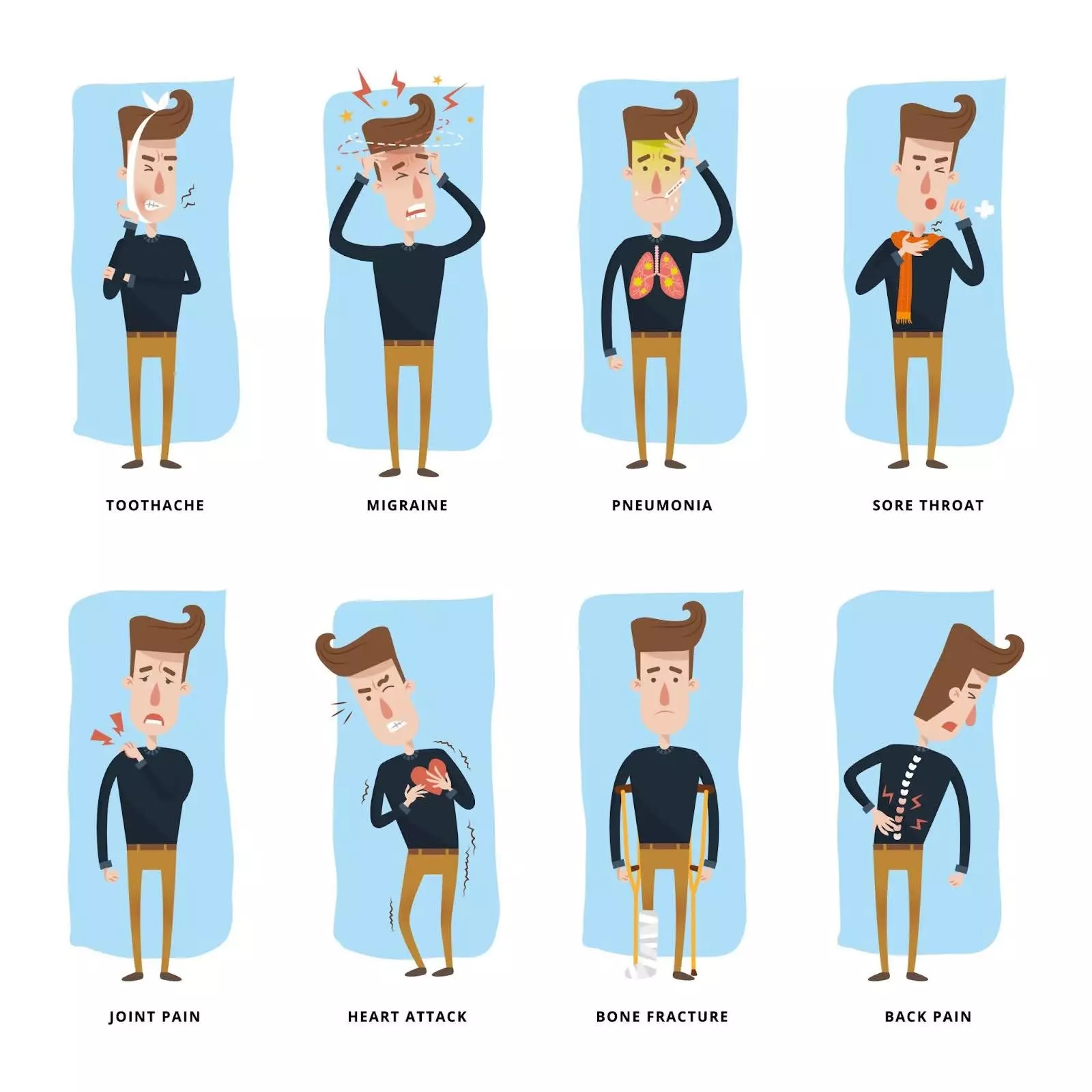
Step 5: Sketch Finalize
After feedback and iterations, the sketches are finalized, and the characters take their digital form. Attention to detail is paramount; designers focus on the characters’ expressions, ensuring they evoke the intended emotions. Clean lines and well-defined features are crucial, laying the foundation for the next step in the process.
Step 6: Render - Adding Life and Color
Rendering breathes life into characters and illustrations. Designers use a vibrant color palette and shading techniques to add depth and dimension. Attention is given to texture, ensuring that fur, fabric, or any other element is visually convincing. The goal is to create visuals that are not just aesthetically pleasing but also emotionally resonant, eliciting genuine reactions from young visitors.
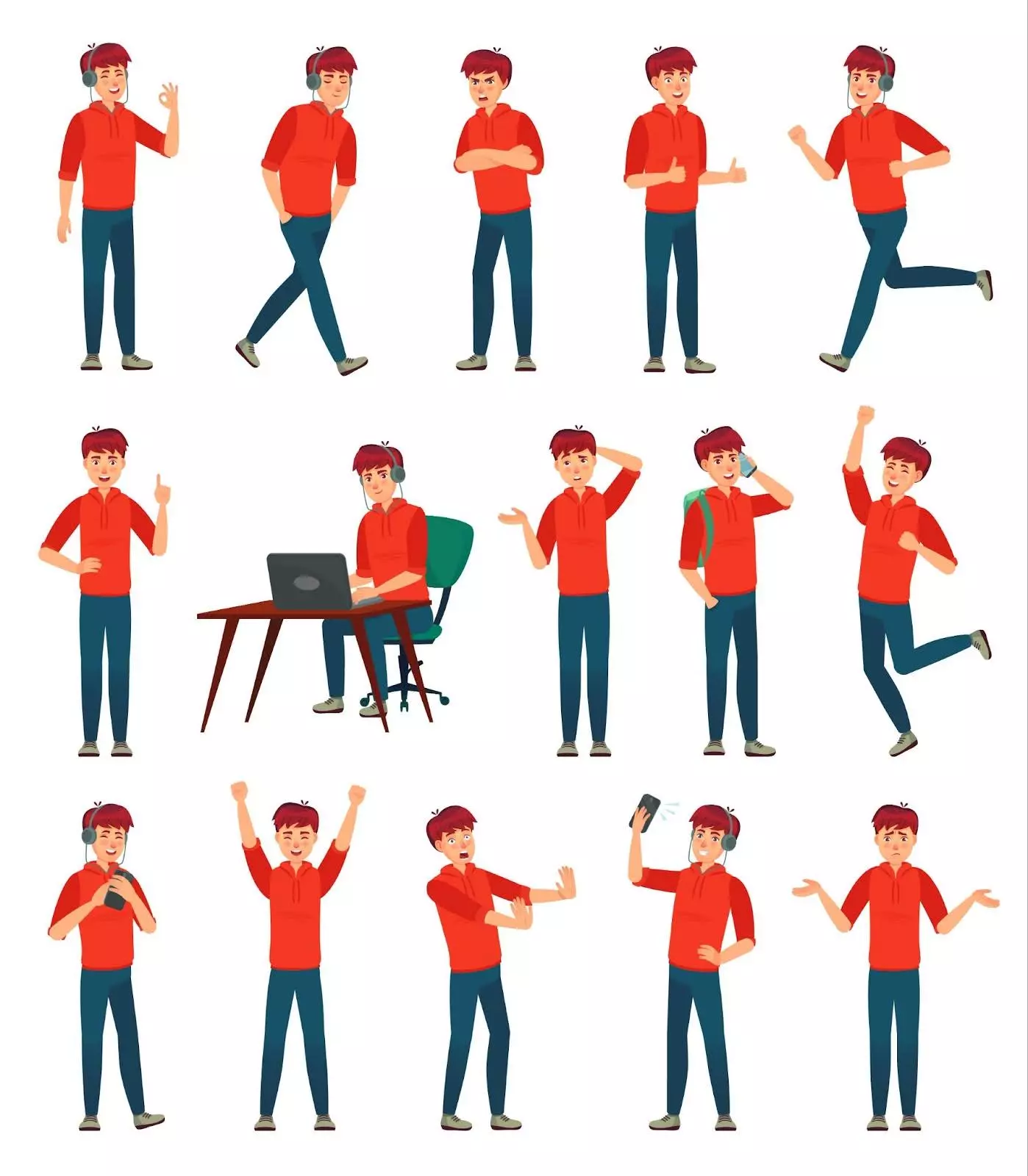
Step 7: Finishing Touches
The final touches transform great designs into exceptional ones. Designers pay attention to every pixel, refining lines, adjusting colors, and adding subtle animations where applicable. Interactive elements, such as animated characters responding to user interactions, add an extra layer of engagement. This stage also involves rigorous testing to ensure that the characters and illustrations are seamlessly integrated into the website, providing a delightful experience across devices and browsers.
In this video, witness the enchanting process of creating children's illustration characters come to life before your eyes!
Design Cute Children's Illustrations with Ewa BrzozowskaChildren’s illustrations and character design have the power to enchant, educate, and entertain young audiences. When integrated into web design, they create online experiences that leave a lasting impression. By embracing the creative process from concept development to finishing touches, web design agencies can craft digital fairytales that captivate the hearts and minds of young visitors.
Sources:
7 Character Design Tips to Make Your Design Stand Out




